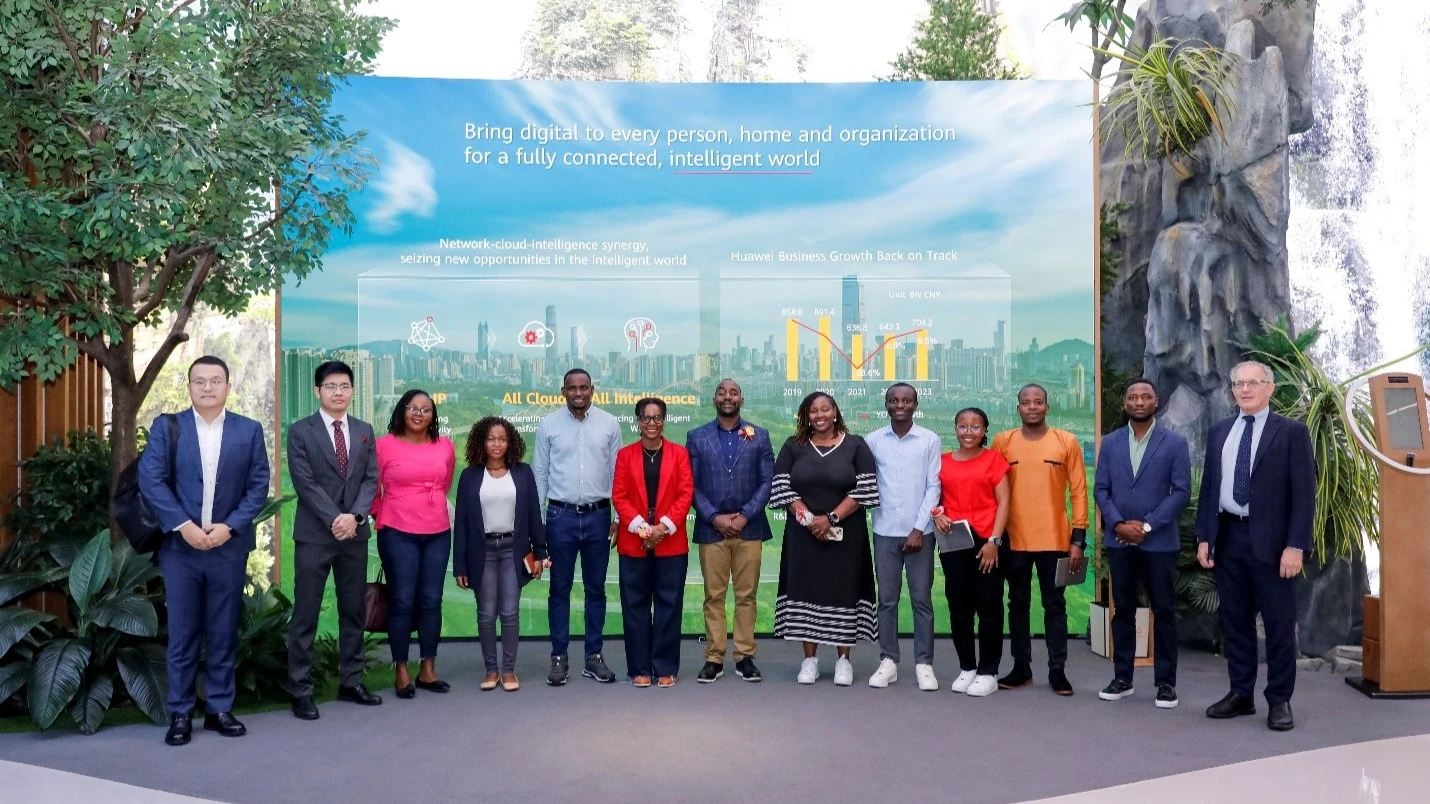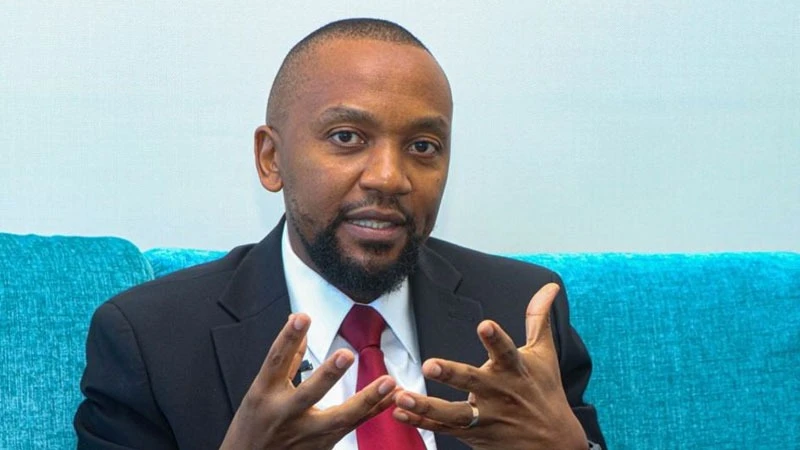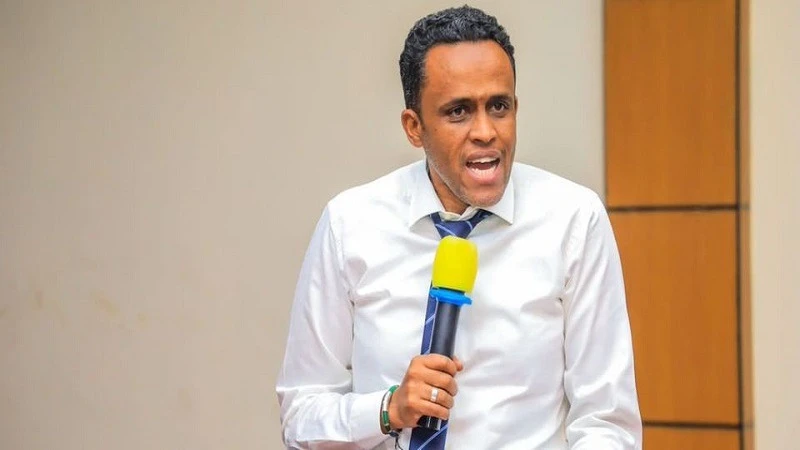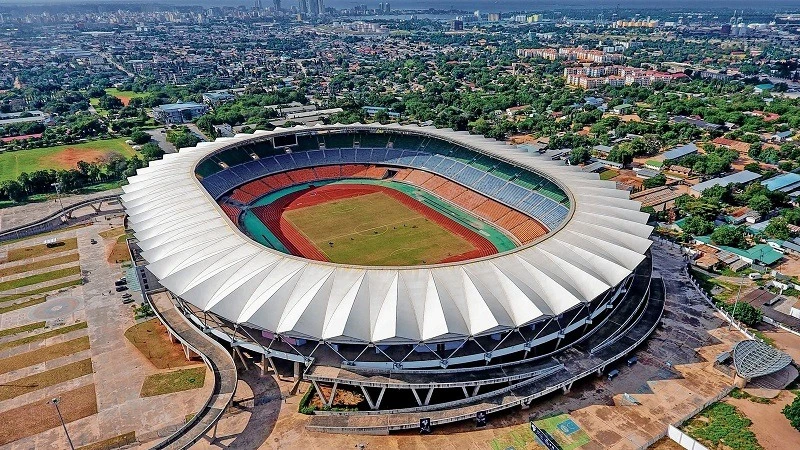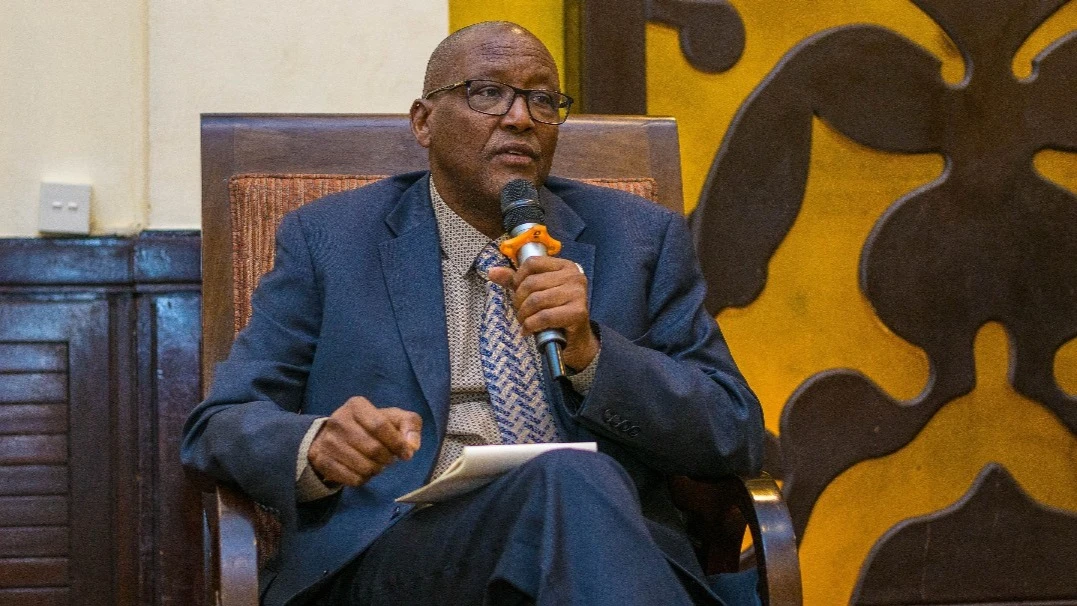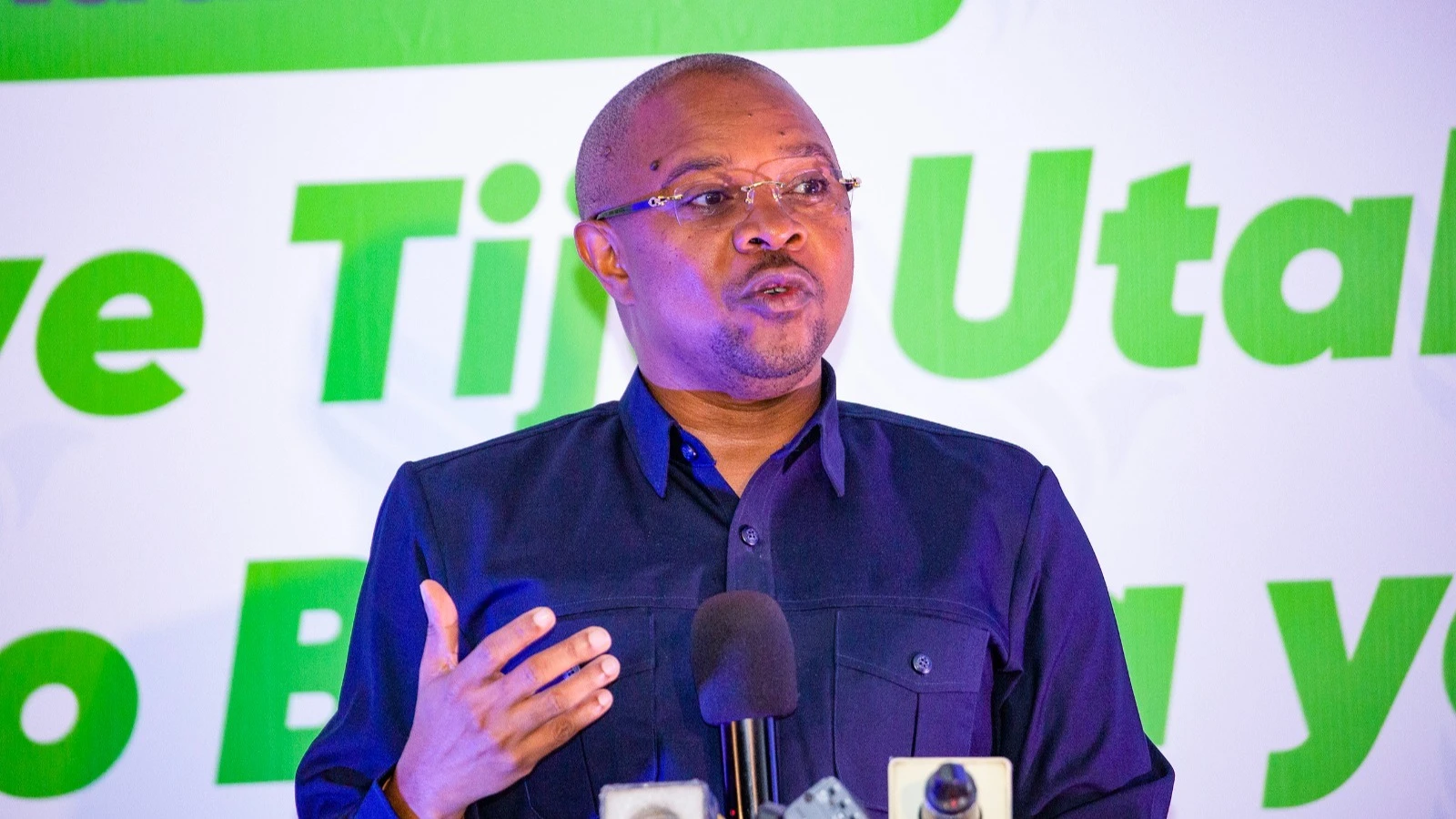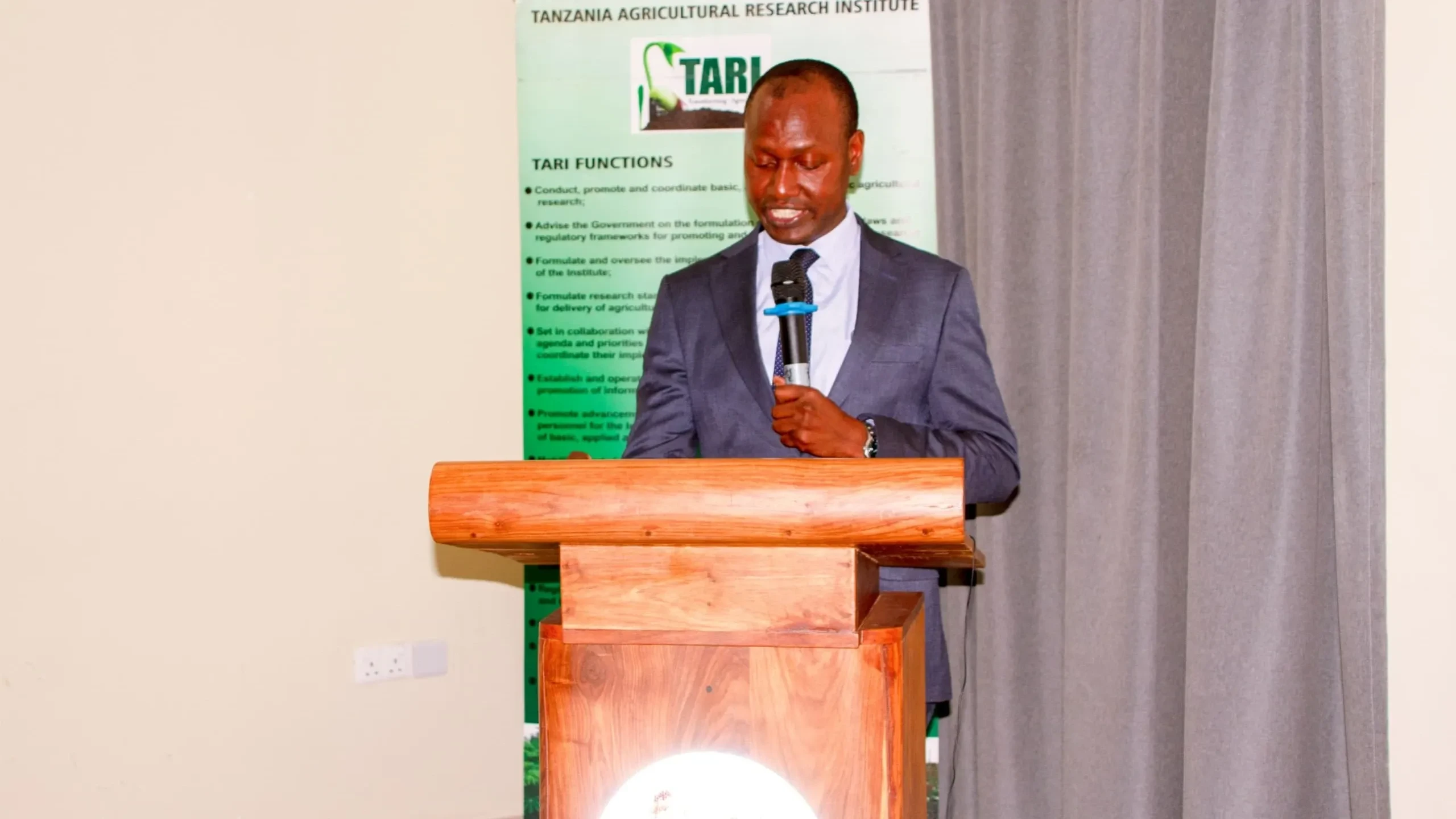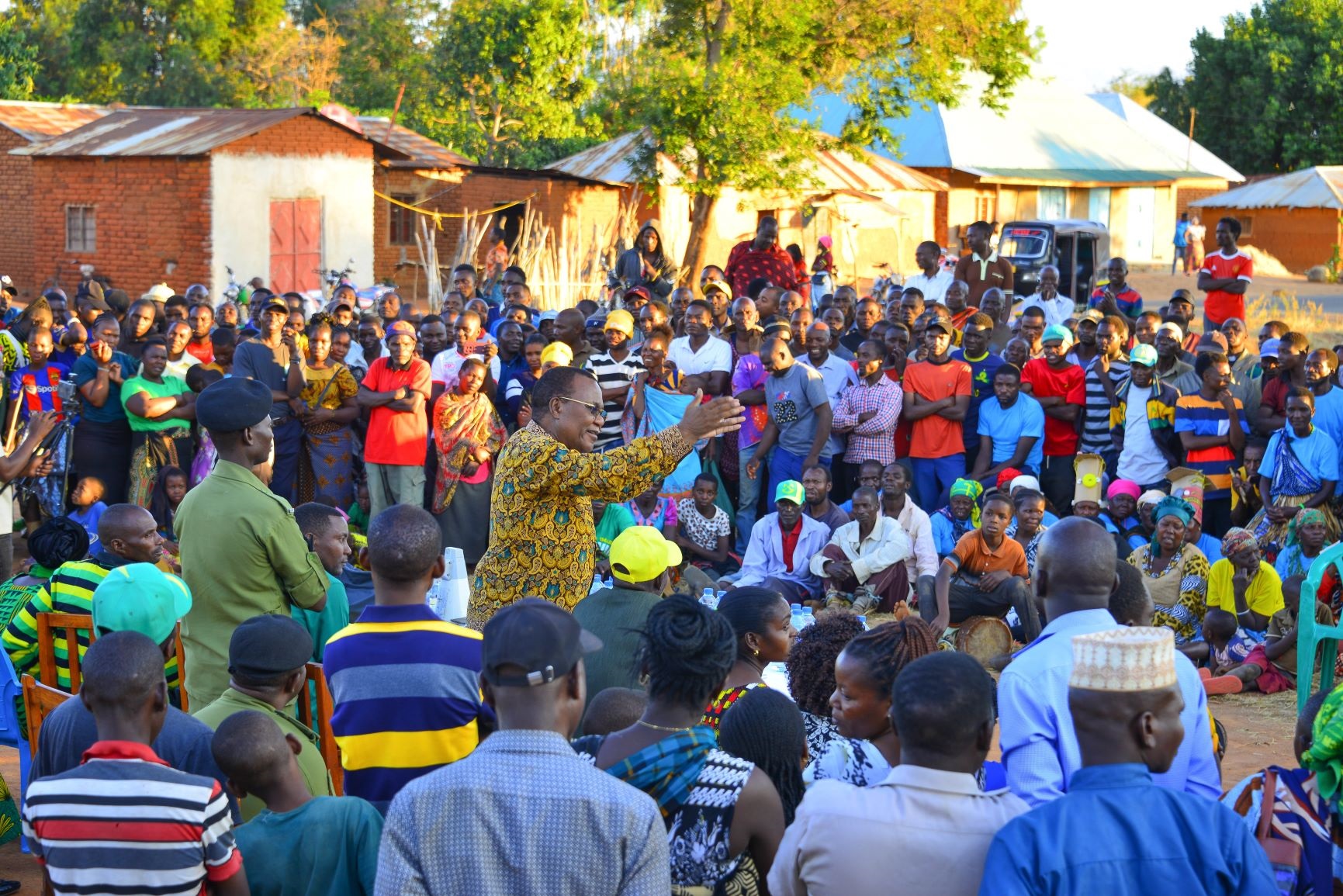Africa's external debt service to reach $89.4bn in 2024
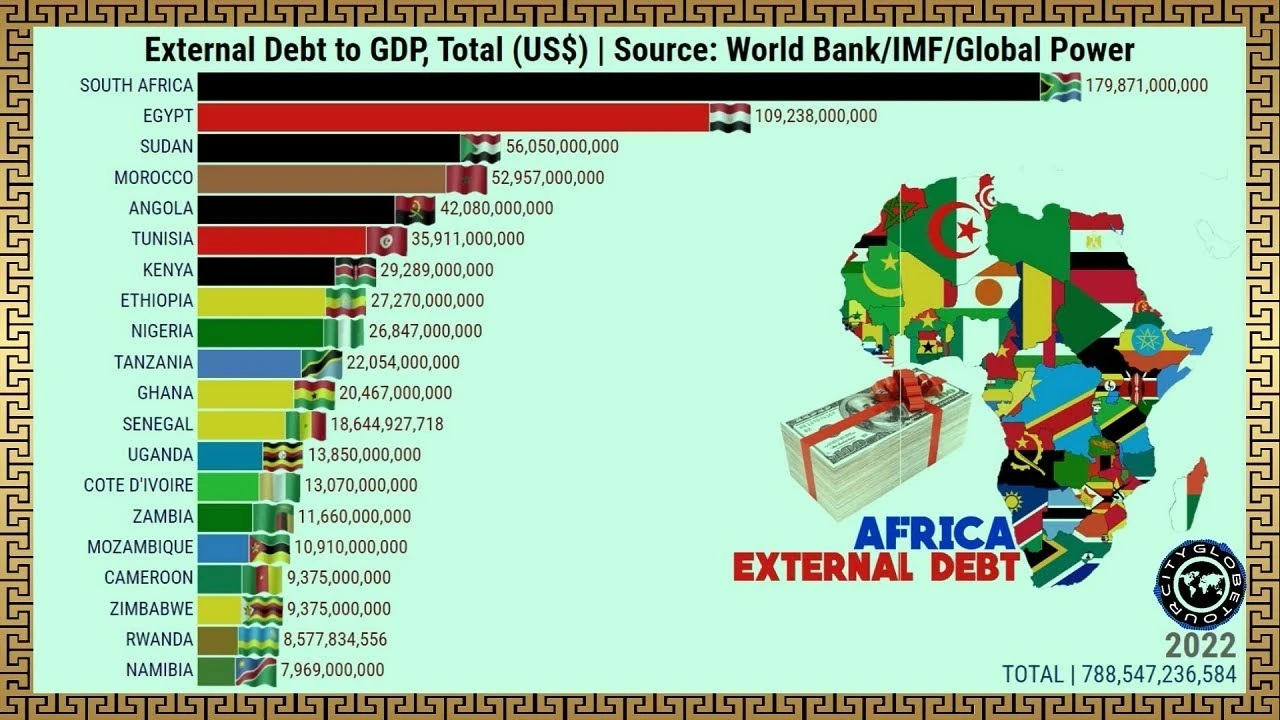
The report emphasizes that rising debt service costs are shrinking the budget space needed for essential investments in sustainable development goals. These include quality education, healthcare access, and efforts to combat climate change.
In 2024, the cost of servicing Africa’s external debt is set to reach a record $89.4 billion, according to a report released on November 14 by the United Nations (UN). This growing financial burden is likely to reduce the continent’s ability to use available funds for essential investments in sustainable development goals.
The report, titled "Africa's Debt: Towards a Lasting and Durable Solution," highlights that this rise in debt servicing costs is largely due to the high interest rates on loans from international capital markets.
In many countries, the share of government revenue spent on debt interest payments has surged over the past decade.
For instance, between 2017 and 2022, interest payments consumed an average of 42 percent of Egypt and Ghana’s public revenues. These countries, which have access to international markets, often borrow from private creditors. As a result, the interest payments have risen sharply as they are subject to market conditions.
Moreover, global crises such as the COVID-19 pandemic and the war in Ukraine have further limited Africa’s access to international capital markets. This has led to an even greater strain on resources, forcing many governments to reduce spending on essential sectors like education and infrastructure. As a result, 21 low-income African countries have either already fallen into excessive debt or are at high risk of doing so.
In 2022, Africa’s external debt service amounted to more than 12 percent of the continent’s total exports and nearly 15 percent of public revenues.
When the cost of debt service is high, it diverts resources that could otherwise be used for investments in health, education, and other critical sectors. According to recent data, 22 African countries spent more on debt service than on health in 2022, while 6 countries allocated more to debt service than to education.
The report also notes that Africa’s external debt has grown significantly over the past decade, reaching a record $656 billion in 2022, or 28 percent of the continent’s Gross Domestic Product (GDP).
This growth is attributed to increased borrowing, higher borrowing costs, reduced export revenues, slow economic growth, and unexpected expenses caused in part by COVID-19.
Over the past decade, the composition of Africa’s external debt has shifted substantially. In their search for additional financial resources, African countries have increasingly turned to private debt rather than bilateral debt. Commercial debt, which includes bonds and loans from private entities, now makes up 43% of the total external debt, up from 26 percent in 2000, largely due to the rise of euro-bonds. Bilateral debt now accounts for just a quarter of total external debt, a decrease of 52 percent from 2000.
The share of financing from multilateral financial institutions has remained relatively stable over the last two decades, making up 34 percent of total external debt.
This diversity of creditors has made debt restructuring in Africa more complex. Given the changing nature of the debt, effective management is hindered by outdated coordination practices and infrastructure, both within many African countries and at the international level.
Furthermore, the report highlights that several African countries have attempted to reduce their dependence on external debt by seeking advances directly from central banks. However, this inflationary approach has been abandoned in favor of domestic borrowing. While this strategy has some advantages—such as developing local markets, increasing fiscal flexibility, and mitigating the impact of interest rate fluctuations—it has also led to higher interest rates and shorter repayment periods compared to external debt. The private sector has been negatively impacted, creating pressure for refinancing, debt restructuring, and even defaults.
The report suggests that better mobilization of domestic resources could help alleviate the situation. Strengthening local capital markets and reforming the current international financial architecture, which is not suited to Africa’s urgent investment needs in sustainable development goals and the African Union’s Agenda 2063, are crucial steps to addressing the debt crisis.
Top Headlines
© 2024 IPPMEDIA.COM. ALL RIGHTS RESERVED


